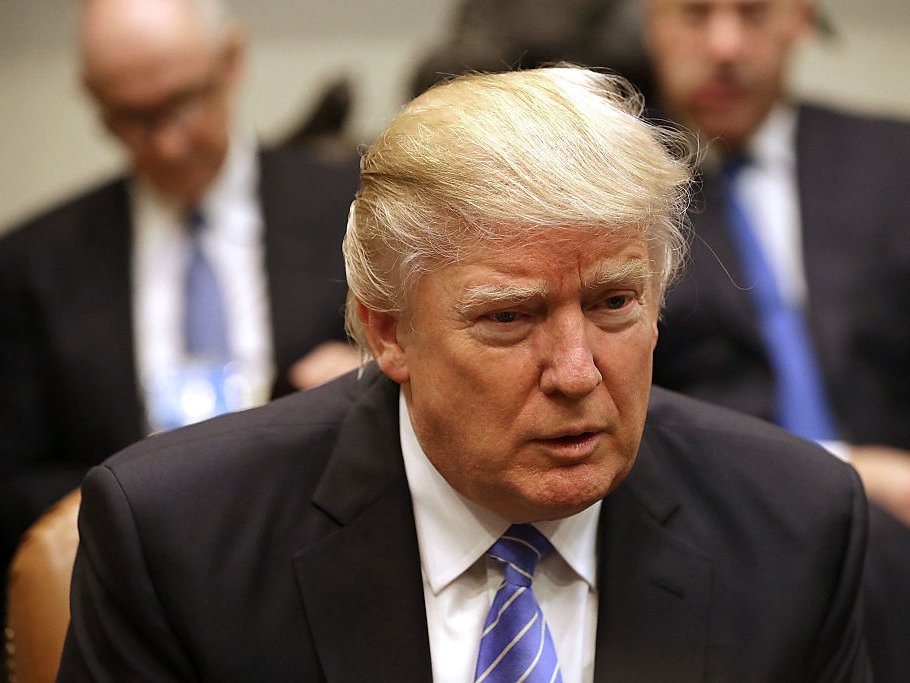
President Donald Trump has signed an executive order regarding his intent to pull the United States out of the Trans-Pacific Partnership trade deal.
It’s a “great thing for the American worker, what we just did,” Trump said at the White House as he signed the order, according to Bloomberg.
The TPP deal, which would lower tariffs for 12 countries around the Pacific Rim, including Japan and Mexico but excluding China, was negotiated under the Obama administration. However, it was not ratified by Congress.
After the signing, Sen. Bernie Sanders issued a statement that he is “glad the Trans-Pacific Partnership is dead and gone.” Meanwhile, Sen. John McCain said in a statement that withdrawing from TPP is a “serious mistake that will have lasting consequences for America’s economy and our strategic position in the Asia-Pacific region.”
Trump made the debate over free trade one of the central topics of his campaign after criticizing China, Mexico, and Japan. He argued in favor of ripping up trade deals, said NAFTA was “the worst trade deal in the history of the country,” and called TPP “a rape of our country.”
Trump has not yet signed any executive orders regarding renegotiating the North American Free Trade Agreement, although his administration posted on the White House website on Friday that they would tackle that trade agreement as well. He stated on Sunday that he will meet with Mexican President Enrique Pena Nieto and Canadian Prime Minister Justin Trudeau to discuss NAFTA.
Wilbur Ross, the nominee for commerce secretary, stated at his confirmation hearing last Wednesday that NAFTA would be an early priorityfor his department. He added he was “pro-trade,” but only as long as it is “sensible trade.”
Protectionism has become more popular as American workers worry about losing jobs to other countries. And politicians across the political spectrum — including Bernie Sanders and Hillary Clinton — zeroed in on these anxieties during the 2016 campaign as they vied for the top job in the White House.

Although the bulk of the discussion regarding the TPP stateside has centered on the growing populist movement and the rising backlash against trade, there was also a key geopolitical angle in light of the world’s increasing multi-polarity: it was part of the Obama administration’s “pivot to Asia.”
As China has continued to grow economically on the global stageand militarily in Asia over the last few years, the Obama administration had worked to bothstrengthen the US’ relationship with China and other Asian states and to increase its military presence in the region. And the TPP deal was interpreted by analysts as an economic arm of that agenda.
“The whole TPP agreement really isn’t about workers, who are taking it on the chin whether it gets concluded or not,” Eurasia Group President Ian Bremmer told Business Insider back in September. “It’s about America’s position in Asia.”
“If it doesn’t get done, China will become the fall-back leader for Asian economic architecture. And US relations with many countries in the region will slip.”













